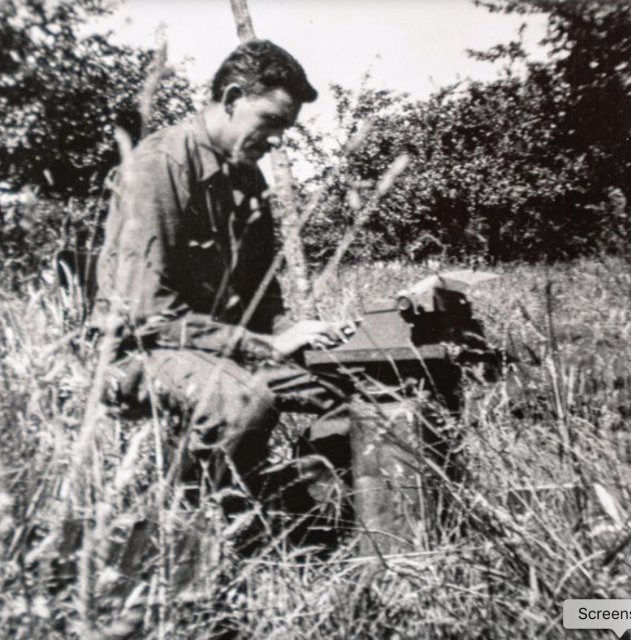Some Insight into an Inscrutable Man
©2019 Vernon Miles Kerr, vernonmileskerr.com
When I was in high school I decided to become an English teacher. In my college freshman year, after reading The Catcher in the Rye, I decided to become a writer.
I know I’m only one of the millions who had an empathetic-connection to Holden Caulfield, elicited by Catcher. The realism of Holden’s narration resonated with an 18year-old, and also made J.D. Salinger real to me — made me want to hang-out with him, no matter how reclusive and withdrawing he was reputed to be. Had I not lived 3,000 miles away in California I might have been in one of those hated gaggles of college students who showed up in Cornish, New Hampshire, just on the chance of getting a glimpse of him.
This week’s email from Smithsonian.com announces an exhibit of newly released notes, letters and Salinger family memorabilia on display at the New York City library until January 2020.
GET A RARE PEEK INTO THE
LIFE OF RECLUSIVE WRITER
J.D. SALINGER
A new exhibition at the New York Public Library includes never-before-seen photographs, letters and manuscripts
Appropriately, Ms. Michelson, the article’s author, is a senior at Northwestern University.
Her well-written article left me with a vague feeling of sadness for what feels like self-inflicted (and ill-advised) censorship on Salinger’s part. He was his own biggest fan, but at the same time, his own harshest critic. So much so, that he purposely withheld a prodigious amount of writing from publication, resulting in his true brilliance being hidden during his own lifetime.
Ms. Michelson’s article also inspired me to go to Wikipedia for more biographical information.
The entry on Salinger, indicates that he was more “Holden-Caulfield” than we even imagined: a sort of man-child, flitting from one dietary fad to another, one spouse to another, one religious guru or religious tradition to another — even a brief but ill-fated acquaintanceship with L.Ron Hubbard and “Dianetics,” as Scientology was called at the time.
The Wiki article also poses a credible hypothesis that Salinger’s brand of selective anti-social , anti-publisher behavior might have been rooted in Post-traumatic Stress Disorder, considering his having participated in one of the most gruesome, bloody battles of World War II. The above featured image, from the Smithsonian article, depicts Salinger on his portable typewriter in the Fields of Normandy in 1944.
To me, Salinger seemed to view the reading public as monolithic — either they would like his work or dislike it, either they would understand it or be confused by it. Unless he felt a work was perfect, he feared exposing it to that fickle monster called, the public. Part of my sadness is thinking what he could have shared — if he hadn’t been striving for irrational perfection and hadn’t been second-guessing the public’s reaction. I look forward to learning more about this literary giant, as analysis of his newly-released personal material continues. Who knows, being now retired and having a little budget set aside for travel, I may be within those hoards who will surely show up at the New York Public Library – just on the chance of getting a glimpse of the man.
https://www.smithsonianmag.com/smart-news/new-york-city-exhibition-offers-glimpse-private-life-jd-salinger-180973386/

